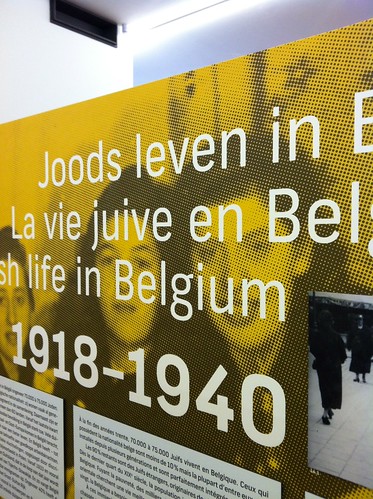
For the past three months, I have been a Fulbright Professor of American Culture in Amsterdam, teaching American Studies and the Holocaust in American Film and Literature. Working with colleagues at the Vreij Universitat Amsterdam, I have engaged in several teaching and research projects related to Hiding in the Holocaust. Most important to me are the stories of other girls who, like Anne Frank, went into hiding during the war. Last week, I crossed the border into Belgium to learn the stories of other children, those who were held captive in the Casern Dossin in Mechelen, north of Brussels. This is where they were taken on their way to the gas chambers of Auschwitz and Sobibor.
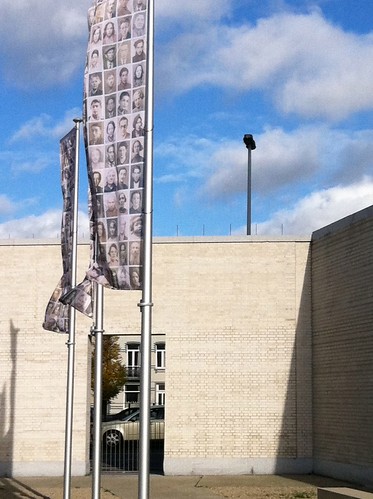
The Dossin transit camp was operated by a branch of the SS that gathered and deported Jews and other minorities (such as Roma) out of Belgium. Between August 1942 and July 1944, 28 trains left from this Belgian casern carrying over 25,000 Jews and Roma, most of whom were immediately gassed in the extermination chambers of Auschwitz-Birkenau. At the end of war, only 1240 of them had survived.
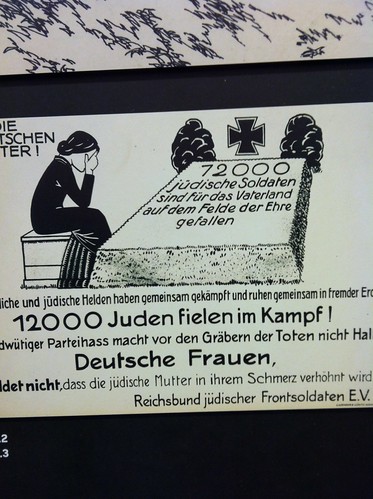
The Mechelen museum is organized via a theme for each floor. At the entrance, a short film introduces the subject of bullying and persecution as a centuries-old story of abuse that continues to the present. Asking how these things could happen now leads to a search for how it happened back then. A computer kiosk makes it a personal search. It allows us to click on the faces of six survivors who tell their stories. They will reappear on terminals throughout the museum, adding more to their stories along the way.

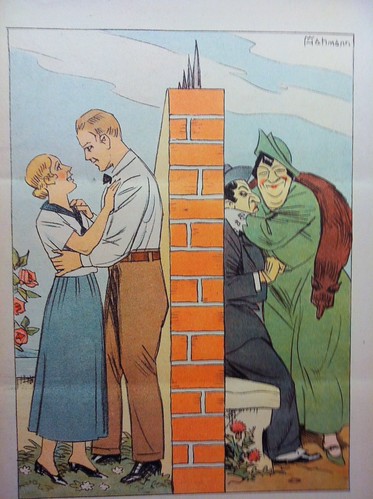
The first floor, “Mass,” tours the rise of anti-Semitism in Germany and its spread across Europe. If you choose to take the elevator, you will find yourself in a cold steel box, eerily reminiscent of the boxcars from which many of the Dossin’s inhabitants were sent to the concentration camps. The “Mass” floor, like the others, is a series of rooms surrounded by narrow corridors. Walking along the corridor to the first room, we see photos of propaganda, accompanied by explanations in the guidebook. These vivid colorful posters offer frightening images of Jews as violent, dirty, lascivious, and greedy. In one, the “dangerous and dirty” French are portrayed in the image of a black man, presumably of African descent. Blatant lies, such as that Jews did not fight in WW I, abound. The floor also offers video stories of lives before the war. Life before the war is offered in photographs and stories of families.
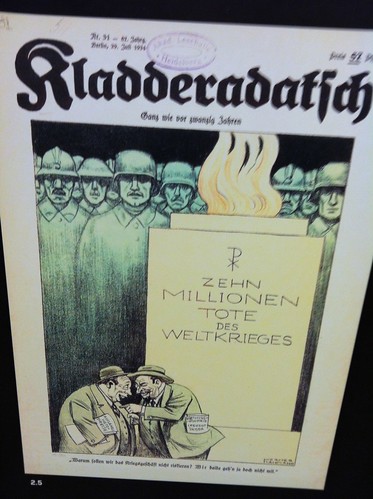
Slowly, we move into the German occupation of Belgium, anti-Semitism in Belgium, the registration of Jews, and the plight of the Roma. On the second floor, “Fear,” things become more personal and more harrowing. Each section of the exhibit includes sound devices, programmed in three languages, on which you can hear hundreds of stories: of deportations, exploitation, lost property, hunger, missing family members, beatings, torture and imprisonment. The “organized theft” section shows how seizing Jewish property became a norm for Nazi officials and local vandals.
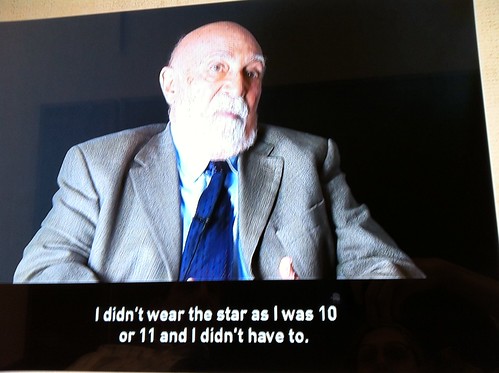
The third floor, “death,” makes the transports out of the Dossin a visual reality. A corridor is lined with signs that announce the numbers of people sent on each transport and the very few numbers of survivors. More stories of survivors recount their family members’ deaths in campus, most of which they learned about after returning from harrowing experiences of torture and starvation, which they barely survived. In the midst of this are pictures of SS men and women who worked in Auschwitz, drinking and eating and laughing and flirting after a day at the gas chambers.
The fourth floor contains an exhibit about Srebenica, but we did not make it there before the museum closed. Nor did we see the exhibit across the street, which contains notes and cards of the children who stayed there, their toys, and recordings of songs they sang.
The experience of walking the same ground as those thousands who were sent to their deaths from this place has changed my teaching about the Holocaust. But that is the next part of the story.
— Dawn Skorczewski, Fulbright Inter-country lecturer